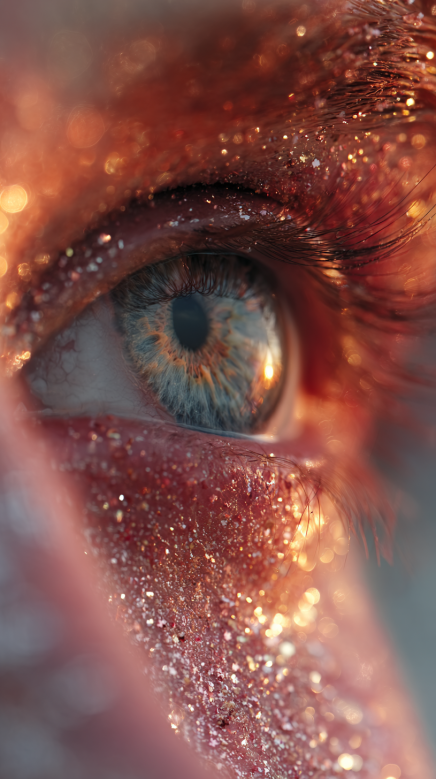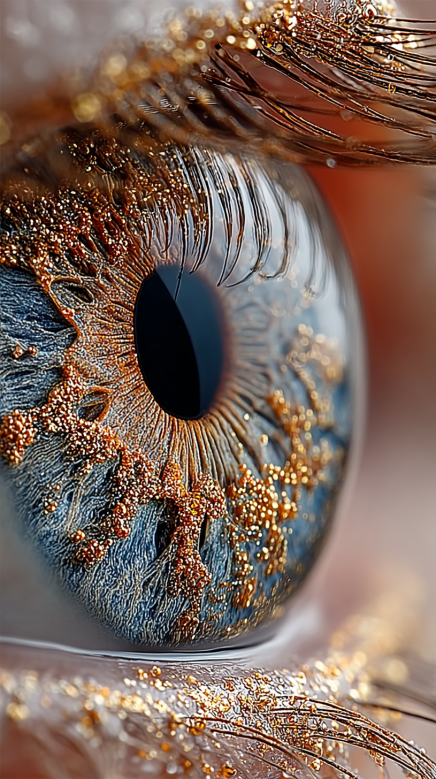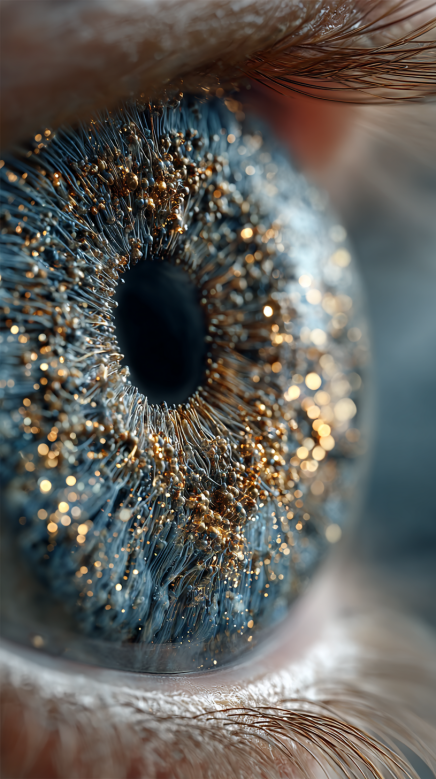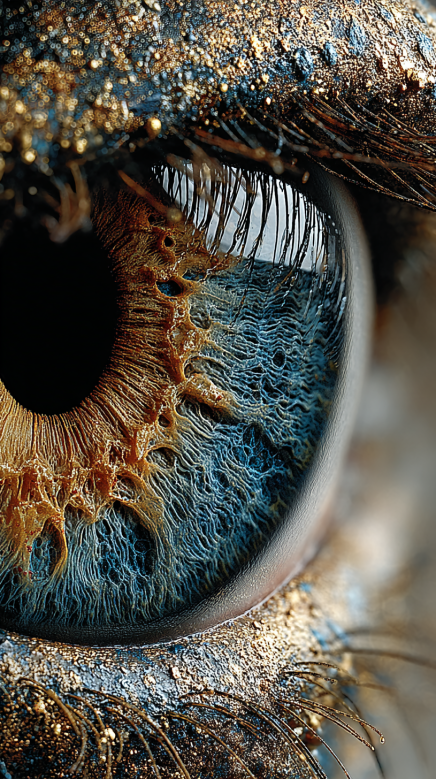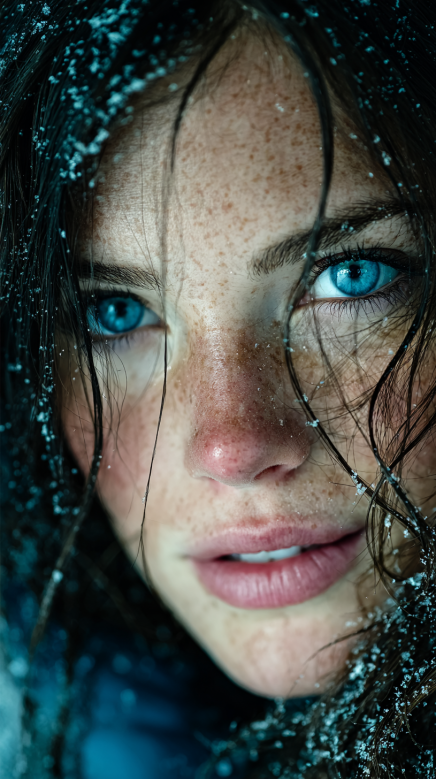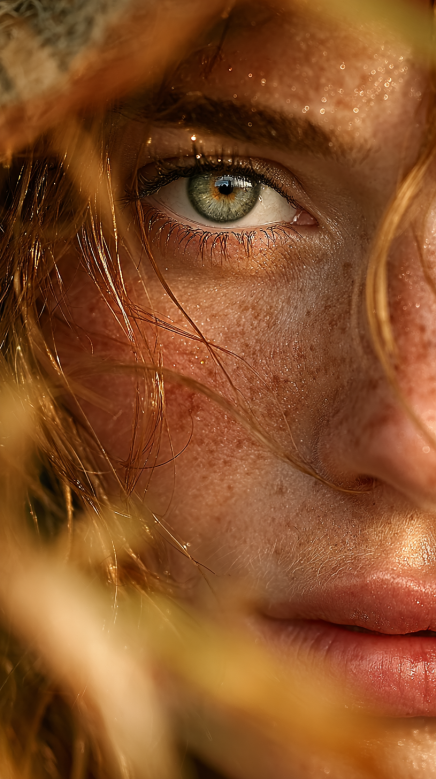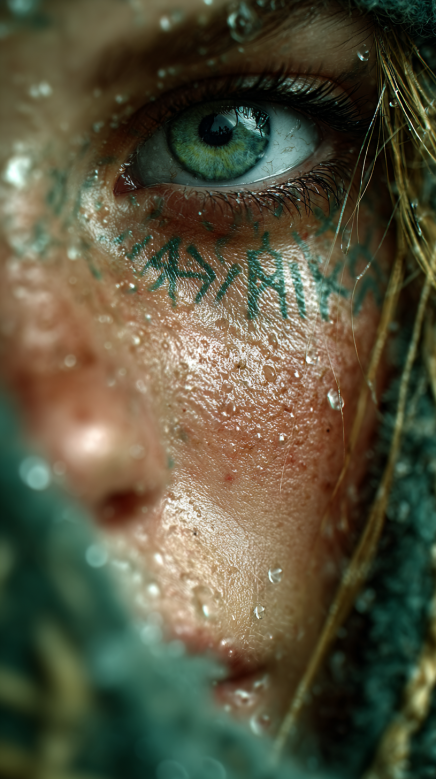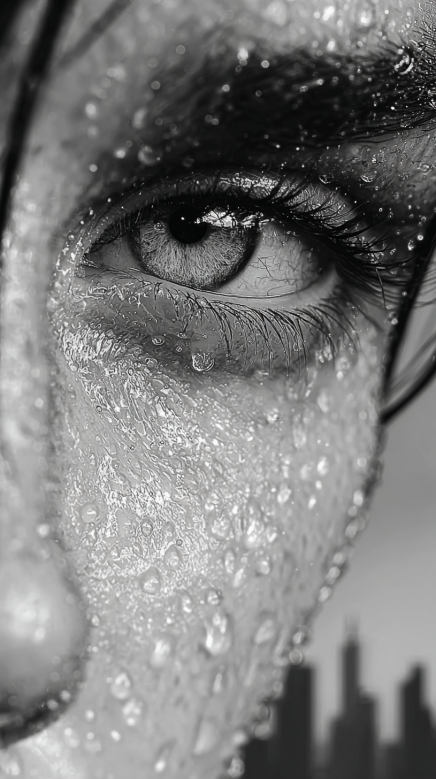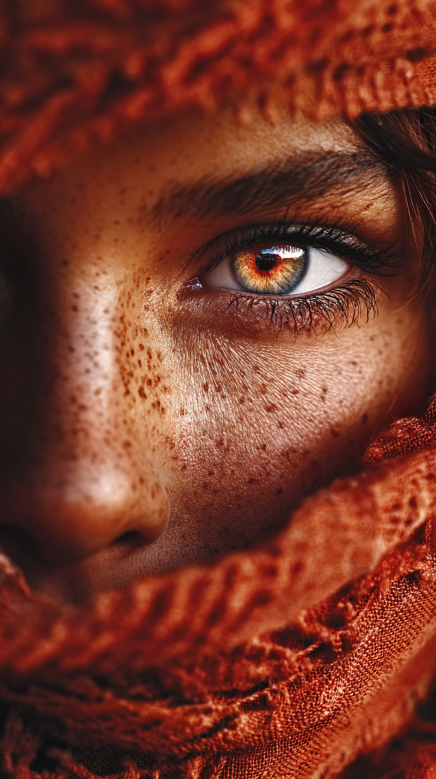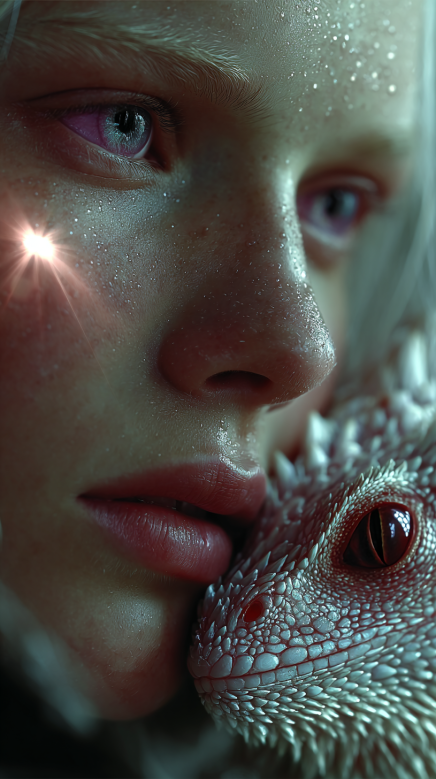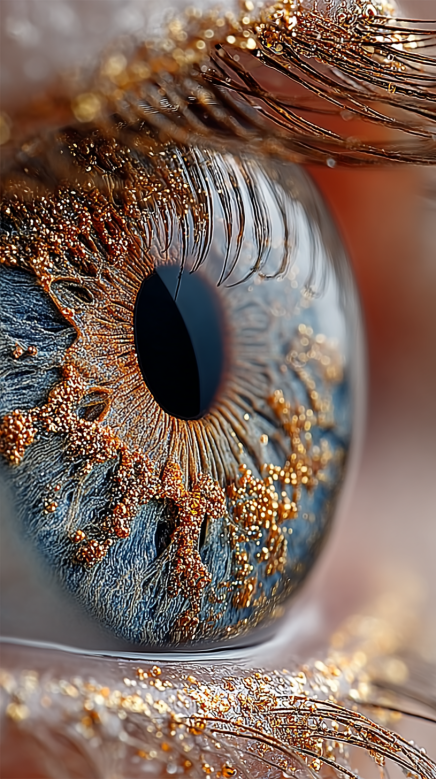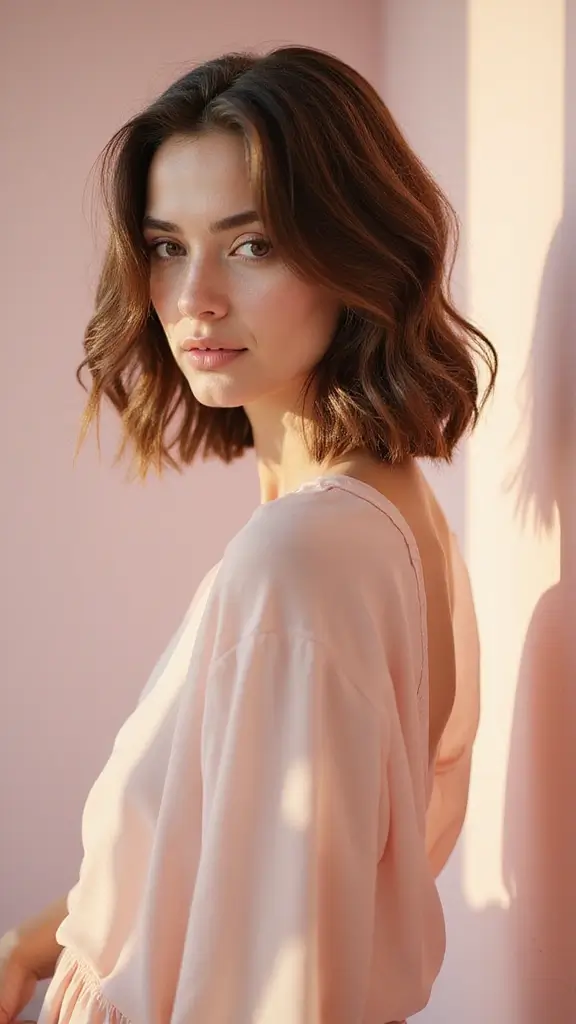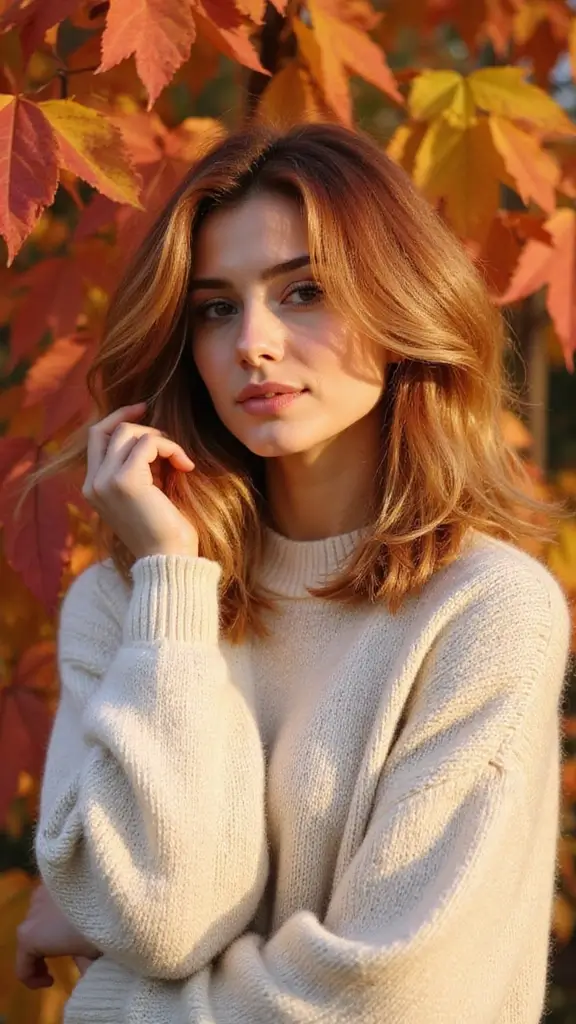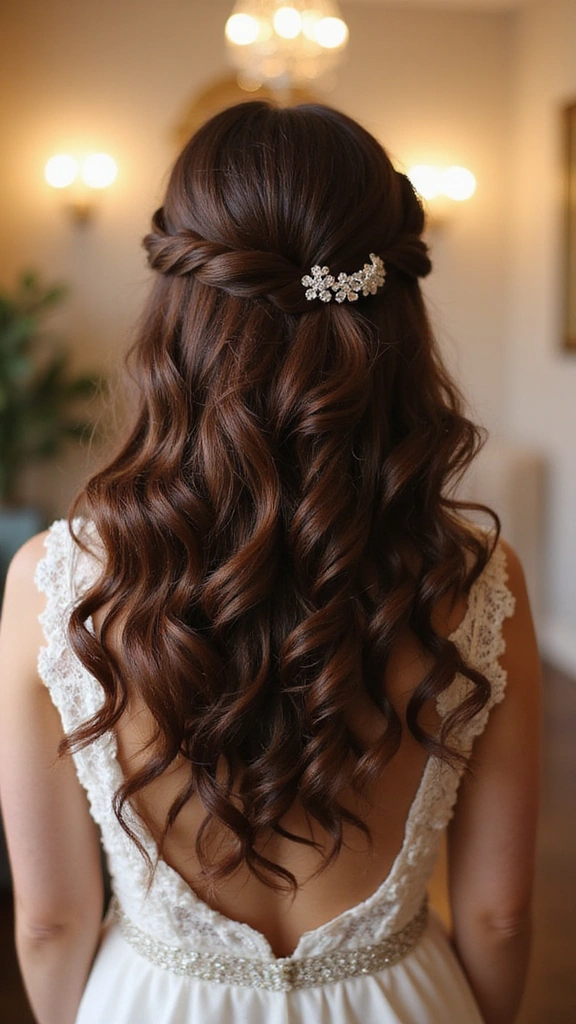Discover the magic of iris eye colors—from blue to dark eyes. Explore genetics, symbolism & rare hues that make your eyes truly magical.
The Enchanting Spectrum of Iris Eye Colors
Have you ever gazed into someone’s eyes and felt like you were staring into a galaxy of mysteries? The iris eye holds more secrets than most people realize. From blue eyes that glisten like arctic waters to dark eyes that seem to pull you into a world of intrigue, the colors of our irises are more than just cosmetic—they’re magical, emotional, and deeply rooted in our genetic code.
Iris eye color is one of the most striking human features. It influences first impressions, stirs emotions, and, in many cultures, even defines beauty. Whether you’re mesmerized by shimmering blue hues or captivated by deep, mysterious dark tones, there’s no denying the power of what many call “magic eyes.”
In this article, we’ll dive deep into the science, symbolism, and cultural significance of iris eye colors—from the palest blues to the richest blacks. We’ll explore the evolutionary roots, debunk common myths, and even look into how your eye color can reflect your health and personality.
Understanding the Iris Eye and Its Magic
The iris is the colored part of your eye that surrounds the pupil. It controls the amount of light that enters the eye by adjusting the size of the pupil. But beyond this practical role, the iris is where our unique eye color lives.
Eye color results from the amount and distribution of melanin in the iris, along with how light scatters across the iris’ layered structure. It’s this combination that gives rise to what many call magic eyes—those captivating, often mysterious, hues that seem to tell a story without words.
These colors aren’t just genetically fascinating; they also hold emotional and cultural weight. People often associate blue eyes with innocence, dark eyes with intensity, and green eyes with rarity and mystique.
The Genetic Puzzle Behind Magic Eyes
Eye color is polygenic, meaning it is influenced by multiple genes—not just a single “blue eye gene” or “brown eye gene.” Two key genes involved are OCA2 and HERC2, both located on chromosome 15. These genes determine how much melanin is deposited in the iris.
More melanin = darker eyes (brown, dark brown, black)
Less melanin = lighter eyes (blue, gray, green)
Interestingly, two blue-eyed parents can have a brown-eyed child depending on the genetic combinations they carry. This explains the wide variation and why iris eyes are so unique from person to person.
There’s also emerging research suggesting that other genes and even environmental factors may influence the final eye color—especially in early childhood when eye pigmentation can change.
What Makes an Iris Eye Unique?
Your iris eye pattern is as unique as your fingerprint. Even identical twins do not share the exact same iris texture. When observed closely (such as through biometric scans), each iris has a detailed combination of crypts, rings, and furrows.
This distinctiveness has made iris scanning a powerful tool for identity verification, used in high-security environments globally.
Why Blue Eyes Captivate the World
Blue eyes are among the most sought-after and celebrated eye colors in the world. They result from low melanin and the scattering of light (Rayleigh scattering), similar to how the sky appears blue.
Some interesting facts about blue eyes:
Blue eyes originated from a single genetic mutation in a common ancestor over 6,000 years ago.
Despite being associated with cold climates, blue eyes appear globally thanks to migration and mixed genetics.
Studies show people often perceive blue eyes as more attractive or approachable, especially in Western cultures.
Notable personalities like Paul Newman, Taylor Swift, and Chris Hemsworth have helped maintain the allure of the classic blue eye look.
The Mystery of Deep and Dark Eyes
On the opposite end of the spectrum are dark eyes—often brown or black in appearance. These eyes contain a high concentration of melanin, absorbing more light and giving them their rich, deep hues.
Culturally, dark eyes have been revered for their warmth, depth, and intensity. In many Asian, African, and Latin communities, dark eyes are not only dominant but also celebrated as a symbol of heritage and strength.
People with dark eyes are often viewed as:
Trustworthy
Resilient
Grounded
In some folklore, dark-eyed individuals were believed to possess powerful emotional energy or even psychic abilities—another layer to the magic eye legend.
Hazel Iris Eyes: Nature’s Blend of Color
Hazel eyes are a fascinating mix of colors—often appearing as a blend of green, brown, and gold. What makes them particularly enchanting is their ability to shift in hue depending on lighting, clothing, or makeup.
This effect occurs due to Rayleigh scattering combined with a moderate amount of melanin in the iris. The central part of the iris often appears gold or brown, while the outer ring can look green or even grayish.
Hazel-eyed individuals often receive compliments for their chameleon-like gaze. They’re perceived as spontaneous, adventurous, and mysterious. It’s no wonder hazel is frequently linked to passion and unpredictability in literature and film.
Green Iris Eyes: The Rarest of All?
Green eyes are among the rarest and most mesmerizing types of iris eyes, making up less than 2% of the global population. The green hue is caused by low to moderate melanin levels combined with light scattering and a slight yellowish pigment called lipochrome.
Green eyes are most common in Central and Northern Europe, particularly in places like Iceland and Ireland. They have inspired countless poems, songs, and paintings—often associated with witchcraft, enchantment, and magic throughout history.
Famous green-eyed figures include:
Rihanna
Scarlett Johansson
Cillian Murphy
This rarity has given green eyes a mythical status, making them a true magic eye color.
The Smoky Allure of Gray Eyes
Gray eyes are an enigma. Often confused with blue, gray irises are lighter in pigmentation and can sometimes reflect flecks of green or blue, depending on the light.
What’s particularly fascinating about gray eyes is their multi-layered structure. The iris of a gray-eyed person scatters light differently, resulting in an almost metallic sheen—especially under natural light.
This striking effect has made gray eyes synonymous with wisdom, mystery, and power. While rare, they are more commonly found in Eastern Europe and the Baltic regions.
Golden Iris Eye Shades: Amber Magic
Amber eyes are solid, golden-honey colored irises that almost appear to glow. Unlike hazel eyes, amber eyes don’t have flecks or combinations of green or brown—they’re pure and intense.
This color results from a high presence of lipochrome, giving the iris a coppery, golden appearance. Amber eyes are rare and often associated with wild animals like wolves and big cats, which only adds to their feral, magnetic allure.
Amber-eyed people are often perceived as independent, fierce, and spiritually inclined.
Are Red and Violet Eyes Real?
You may have heard of vampires with red eyes or Elizabeth Taylor’s violet gaze, but are these shades real?
Technically, red and violet eyes are extremely rare phenomena, not caused by unique pigments but by optical illusions and lighting effects on very low-melanin irises. People with albinism, for instance, can appear to have red or pinkish eyes due to the visibility of blood vessels.
Violet eyes, while not naturally occurring in most people, can result from a mix of blue eye structures and unique lighting or reflectivity, sometimes enhanced by contact lenses or photo effects.
Can Your Iris Eye Color Change Over Time?
Yes—especially during infancy and aging. Many babies are born with blue or gray eyes that darken in the first year due to increased melanin production.
Other factors that may subtly influence iris color include:
Hormonal changes
Sun exposure
Medications (like prostaglandin analogs)
However, sudden or dramatic eye color changes can indicate underlying health issues, so it’s always best to consult an ophthalmologist if this occurs.
What Your Iris Eye Color Says About Your Health
Though your iris eye color is primarily cosmetic, research suggests it may correlate with certain health risks or strengths.
For example:
Light-colored eyes (blue, green): Higher sensitivity to sunlight, increased risk of macular degeneration
Dark eyes: Potentially more resilient to UV light, but slightly higher risk of cataracts
Gray eyes: May have more light sensitivity due to low melanin
According to the American Academy of Ophthalmology, these associations aren’t definitive, but they offer interesting insights into how pigmentation impacts eye health.
Source: American Academy of Ophthalmology
Magic Eyes in Myth, Art, and Literature
From the “evil eye” in Mediterranean folklore to the “eyes of Ra” in ancient Egypt, iris eyes have held deep symbolic power across civilizations.
In Greek mythology, Iris was the goddess of the rainbow—symbolizing the spectrum of human eye color.
In literature, eyes are often windows to the soul. Think of Fitzgerald’s “The Great Gatsby,” where Doctor T.J. Eckleburg’s eyes loom as a symbol of divine watchfulness.
Magic eyes are not just a poetic concept—they’ve helped define spirituality, morality, and beauty in cultures throughout time.
Legends and Lore of Magic Eyes
Legends tell of people with special eye powers—from clairvoyants with violet eyes to healers with golden irises. In many indigenous traditions, certain eye colors were seen as markers of otherworldly connection or supernatural abilities.
In Celtic and Norse lore, blue-eyed warriors were believed to have a divine edge in battle, while some African tribes viewed light eyes as signs of ancestors’ favor.
Famous Faces with Striking Iris Eyes
Celebrities with magic eyes have long been admired for their unique looks, often setting beauty trends worldwide:
Angelina Jolie – piercing green-blue mix
Jared Leto – icy blue gaze
Aishwarya Rai – captivating gray-green blend
Ian Somerhalder – unforgettable sapphire blue
These public figures show how the iris eye plays a massive role in crafting an iconic prese
Capturing the Magic of Iris Eyes on Camera
Photographing eyes—especially unique iris colors—requires attention to lighting and focus. The iris can appear dramatically different depending on environmental light, camera angle, and even background contrast.
Tips for capturing magic eyes:
Use natural light to reveal depth and color.
Focus on macro settings to capture iris detail.
Use a reflector to bring out sparkle.
Avoid harsh flash—it can flatten color and cause red-eye.
For photographers, the iris is often considered one of the most compelling subjects due to its complex textures and reflective qualities.
Geographical Distribution of Eye Colors
Eye color is not evenly distributed across the globe. Here’s a snapshot:
| Region | Most Common Eye Colors |
|---|---|
| Northern Europe | Blue, Gray, Green |
| Southern Europe | Brown, Hazel |
| Asia | Dark Brown, Black |
| Africa | Dark Brown, Black |
| North America | Diverse (Blue, Green, Hazel, Brown) |
| South America | Brown, Hazel |
Genetic intermixing has diversified eye color across continents. However, dark eyes remain dominant globally, while blue and green eyes are regionally concentrated.
How Evolution Shaped Iris Eye Diversity
Scientists believe that eye color diversity evolved as humans migrated and adapted to different environments. Light eyes may have offered advantages in low-light conditions, while dark eyes provided protection from intense sunlight.
Sexual selection might have also played a role, as unique eye colors were often seen as attractive traits, passed down through generations.
Predicting Baby Eye Color: Fact vs Fiction
Parents love to guess what color their baby’s eyes will be. But predicting is tricky due to the polygenic nature of eye color inheritance.
Here’s a simplified chart:
| Parents | Likely Baby Eye Colors |
|---|---|
| Both blue-eyed | Mostly blue |
| One blue, one brown | 50/50 or hazel |
| Both brown-eyed | Mostly brown, but green/hazel possible |
Most babies are born with blue or gray eyes that change in the first year due to melanin development.
How Eye Diseases Affect Iris Eye Color
Certain conditions can change or distort iris color:
Horner’s Syndrome: Can cause one pupil to appear lighter.
Fuchs’ Heterochromic Iridocyclitis: Inflammation changes iris pigmentation.
Pigment Dispersion Syndrome: Releases pigment granules into the eye.
If you notice color changes, halos, or inflammation, seek medical attention.
Celebrating the Magic of Every Iris Eye Color
From the icy blues of Scandinavia to the rich dark browns of Africa, each iris eye tells a story—of heritage, evolution, individuality, and beauty. Whether you were born with blue eyes, dark eyes, or a mix in between, your eye color is a reflection of complex biology and timeless magic.
No matter the shade, all eyes are truly magic eyes—each one a unique lens through which we see the world and the world sees us.
Frequently Asked Questions About Iris Eye Colors
Can two brown-eyed parents have a blue-eyed child?
Yes, if both carry the recessive blue eye gene.
Why do some people have two different colored eyes?
It’s called heterochromia—usually harmless and genetic.
Are violet eyes real?
They can appear violet under special lighting or due to albinism, but they’re not a separate pigment.
Can emotions really change eye color?
No, but pupil dilation can make colors appear brighter or darker.
What causes golden or amber eyes?
High levels of lipochrome pigment in the iris.
Are lighter eyes more sensitive to light?
Yes, they contain less melanin and offer less UV protection.

